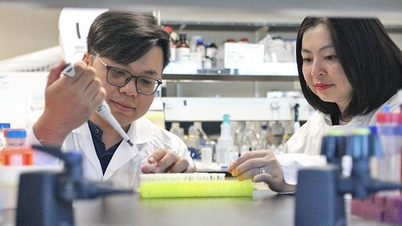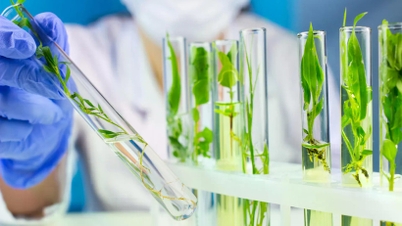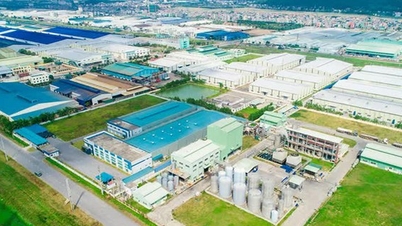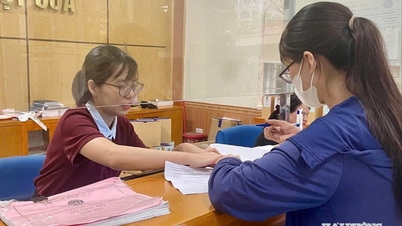Researchers at the University of British Columbia (UBC) Okanagan (Canada) have just decoded the mechanism by which plants produce mitraphylline, a rare natural compound with powerful anti-cancer and anti-inflammatory properties.
Mitraphylline belongs to the spirooxindole alkaloid group – molecules with a unique “twisted” structure and strong biological effects. Although known for a long time, the process by which this molecule forms in nature remained a mystery until Dr. Thu-Thuy Dang, Natural Products Biotechnology Research Group Leader at UBC Okanagan, and his team discovered the first enzyme capable of “twisting” the molecule to form a spiro form (a compound with at least two molecular rings sharing a common atom) in 2023.
Following that result, PhD student Tuan-Anh Nguyen led the next phase, discovering two key enzymes that work together in the synthesis of mitraphylline: one enzyme determines the three-dimensional structure, the other enzyme completes the final twisting step to form the complete molecule.
“This discovery is like finding the missing link in an assembly line,” Dr. Dang said. “It helps answer the long-standing question of how nature creates these complex molecules, and opens the way to mimic that process in the lab.”
Mitraphylline naturally occurs in very small amounts in several tropical plants of the coffee family such as Mitragyna (kratom) and Uncaria (cat's claw), making large-scale extraction or synthesis difficult and expensive.
By identifying two key enzymes, the UBC team has laid the foundation for a more efficient and environmentally friendly production process for natural compounds.
“This discovery opens up a green chemistry approach to creating compounds with high pharmaceutical value,” said PhD student Nguyen.
“This is a result of the collaborative research environment between students and faculty at UBC Okanagan, where we work together to solve global problems."
The work is a collaboration between Dr. Dang's team at UBC Okanagan and Dr. Satya Nadakuduti's team at the University of Florida (USA), with support from the Natural Sciences and Engineering Research Council of Canada (NSERC), the Canada Foundation for Innovation, the BC Michael Smith Health Scholars Program, and the National Institute of Food and Agriculture of the US Department of Agriculture.
“We are proud of this discovery as evidence that plants are nature's genius chemists,” said Dr. Dang.
“The next step is to find ways to apply these enzymes to create many other valuable therapeutic compounds.”./.
(TTXVN/Vietnam+)
Source: https://www.vietnamplus.vn/nhom-nghien-cuu-goc-viet-giai-ma-thuc-vat-tao-ra-chat-chong-ung-thu-post1069599.vnp


![[Photo] Ho Chi Minh City is brilliant with flags and flowers on the eve of the 1st Party Congress, term 2025-2030](https://vphoto.vietnam.vn/thumb/1200x675/vietnam/resource/IMAGE/2025/10/10/1760102923219_ndo_br_thiet-ke-chua-co-ten-43-png.webp)
![[Photo] General Secretary attends the parade to celebrate the 80th anniversary of the founding of the Korean Workers' Party](https://vphoto.vietnam.vn/thumb/1200x675/vietnam/resource/IMAGE/2025/10/11/1760150039564_vna-potal-tong-bi-thu-du-le-duyet-binh-ky-niem-80-nam-thanh-lap-dang-lao-dong-trieu-tien-8331994-jpg.webp)


![[Photo] Opening of the World Cultural Festival in Hanoi](https://vphoto.vietnam.vn/thumb/1200x675/vietnam/resource/IMAGE/2025/10/10/1760113426728_ndo_br_lehoi-khaimac-jpg.webp)



































































































Comment (0)